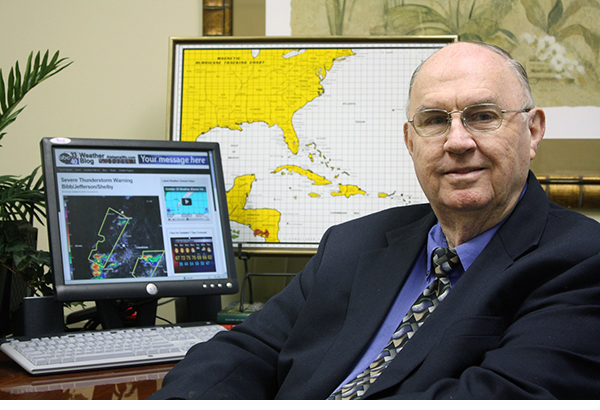Likelihood of El Nino Increases for Fall and Winter 2018-19
(Credit: Climate Prediction Center, NWS)
Within the past week, the Climate Prediction Center raised the likelihood for El Nino to occur this fall and winter. Fall and Winter 2018 now possess, respectively, a 65 and 70 percent likelihood for occurring. The reasoning for this increase in percentage is due to the above-average temperatures in the tropical Pacific. June 2018 came in 0.11 degrees Celsius above the long-term temperature average. Based upon multiple climate models run by the Climate Prediction Center, it is predicted that come fall, temperatures will reach the El Nino threshold of 0.5 degrees Celsius above average.
A recent Kelvin wave which sloshes around water and creates up and down welling occurred in this region. Kelvin waves are not like waves that can be observed at any beach. These are planetary waves due to their immense scale. These waves do not curl and crash, rather, they slowly roll up into broad peaks and down into valleys that change the depth of the ocean water. Kelvin waves that interfere with El Nino only move eastward along the equator. In this instance, a down welling Kelvin wave made its way eastward across the pacific. In a down welling phase, winds shift from west to east bringing a warm layer of water which is usually in the western Pacific eastward. The warm layer of water pushes down the thermocline—boundary between warmer water near the surface and colder, deeper water. The downward push makes it harder for the colder water to affect the surface. This causes above-average temperatures and helps fuel El Nino development.
To understand the prediction aspect of El Nino, we must first understand what exactly El Nino is and how it affects the United States and the globe. El Nino refers to the warming of surface ocean water in the central and eastern Pacific. Low-level surface winds gradually weaken and, in some cases, switch direction from east to west (easterly winds), to west to east (westerly winds). This helps decrease upwelling which brings cooler water to the surface. El Nino irregularly occurs every three to five years and lasts usually nine to twelve months. This climate phenomenon alters weather patterns all over the globe during the winter months in the Northern Hemisphere. Warmer-than-average temperatures occur over western and central Canada along with the western and northern United States during El Nino. For the Gulf Coast, wetter than average conditions are more likely to occur. On the other side of the spectrum, drier than average conditions are more likely to take place in the Ohio Valley and Pacific Northwest.
Being able to predict El Nino conditions for the coming winter months is of utmost importance for a wide variety of regions around the Earth. El Nino can shift and even deplete weather patterns, so it is vital to understand the severity and likelihood of conditions for each El Nino.
To learn more about other interesting stories related to global climate issues, be sure to click on the following link: www.globalweatherclimatecenter.com/climate
©2018 Weather Forecaster Alec Kownacki
AlabamaWX is pleased to partner with the Global Weather and Climate Center team for outstanding posts about our atmosphere. Visit them at https://www.globalweatherclimatecenter.com for more great information!
Category: Partner News Stories
















